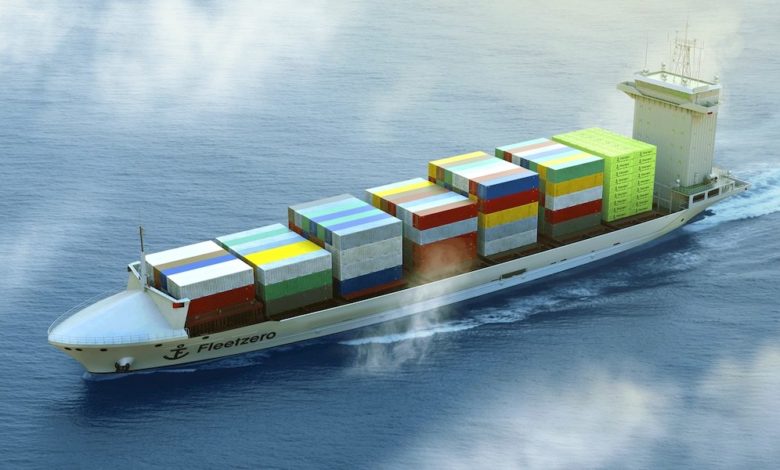Shipping shown pathway to battery-powered future

A new study in the Nature Energy Journal exploring the economic and environmental benefits of direct electrification of containerships shows that dramatic improvements in batteries have unlocked the potential to electrify big containerships today on voyages of up to 5,000 km.
The main findings from the report, penned by three scientists from Berkeley in California, suggest that the electrification of container vessels is more economical on voyages of up to 5,000 km and three to five times more efficient than e-fuels such as green hydrogen and ammonia.
Over 40% of global containership traffic could be electrified cost-effectively with current technology, the study claims, also noting that battery-electric container shipping could reduce CO2 emissions by 14% for US-based vessels.
Over 40% of global containership traffic could be electrified cost-effectively with current technology
Minimal carrying capacity must be repurposed to house the battery system for most ship size classes along short to medium-length routes, the study claims. For a 7,650 teu containership, the volume required by the battery system is less than the volume currently dedicated to the ICE and fuel tanks for routes under 3,000 km.
A 220MW charger could charge a 7,650 teu containership working regional trades in 24 hours. For longer voyages requiring larger battery capacities, the authors of the study suggest offshore charging infrastructure could be strategically located in global shipping chokepoints such as the Strait of Hormuz, the Panama Canal and the Strait of Malacca, where ships regularly queue for days awaiting passage.
The primary constraint for cost parity of battery-electric ships with ICE ships over longer ranges is the battery cost. Battery prices need to reach $20 kWh for a 10,000 km range battery-electric ship capable of crossing the Atlantic or Pacific Ocean to be cost-effective without recharging. Current commercial lithium battery technologies, and emerging technologies such as solid-state batteries, are not projected to decline to this extent given the cost of the materials used in these batteries. However, battery technologies designed for long duration storage applications from low-cost materials are under development. Iron–air batteries, for example, offer comparable energy density at a fraction of the cost of current lithium-ion batteries and may offer pathways for cost-competitive long-range shipping, the report predicted.
This highly efficient and economical zero-emission solution for container shipping appears to be available today, much earlier than previously thought possible, with pioneers such as US-based Fleetzero gearing up to offer world shipping a battery-powered future.
A fully electric 80 m long containership, the Yara Birkeland, has begun autonomous operations in Norway. Similar battery-electric vessel projects are underway in Japan, China, Sweden and Denmark.

Now we seem to be getting somewhere.
What goes for container ships goes better for bulk carriers. Lower horsepower, more displacement available, longer turn rounds for recharging.
What happens in the event of a battery fire or failure particularly in heavy weather conditions? AAAs anyone?
Locating a charging point in the Straits of Hormuz is not a good idea. Who would pay for the charging infrastructure as advocated.
it will be interesting to see if any of the claimed advantages of this technology set actually become widely deployed